All Science
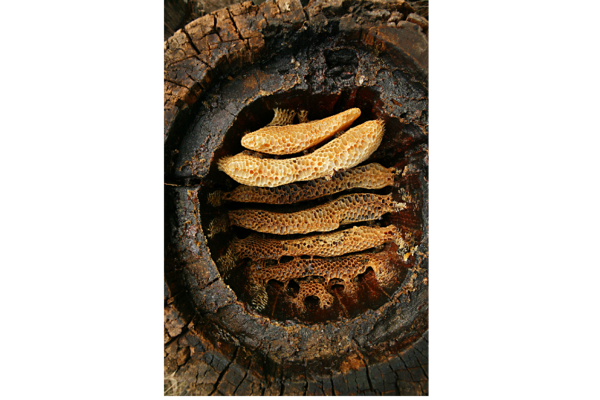 Humans have minded their own beeswax for thousands of years
Humans have minded their own beeswax for thousands of yearsHoneybee clues: Researchers find chemical evidence of beeswax in fragments of Neolithic clay pots.
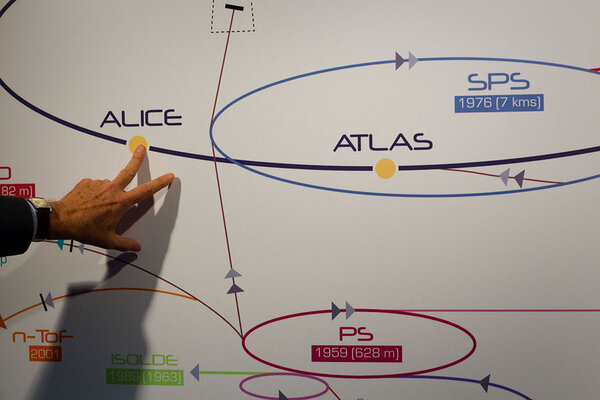 Scientists look into hydrogen atom, find old recipe for pi
Scientists look into hydrogen atom, find old recipe for piA pair of quantum scientists calculating the energy levels of a hydrogen atom at the University of Rochester have discovered a 360-year-old formula for pi in their equations.
 How Mars is tearing apart its own moon
How Mars is tearing apart its own moonMars and its moon Phobos are far closer together than Earth and its moon, causing a strong gravitational pull that will eventually tear the moon apart.
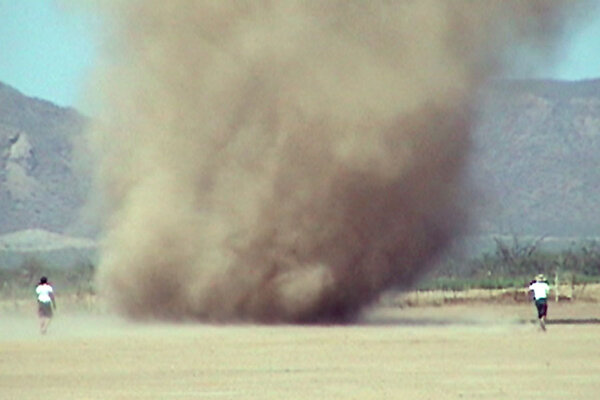 How dust devils hold clues to Mars's core and climate
How dust devils hold clues to Mars's core and climateScientists research ways to measure the impact of dust devils on Mars as a way of learning about other processes on, above, and below the planet's surface.
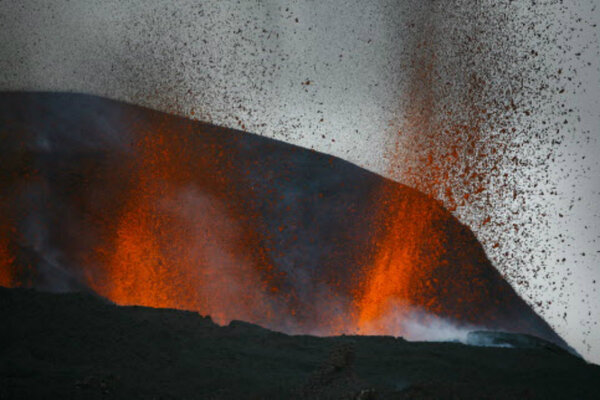 Will new magma discoveries cause Mt. St. Helens to erupt again?
Will new magma discoveries cause Mt. St. Helens to erupt again?Novel research techniques have found new pockets of magma below the volcano, but that doesn't mean it will erupt. Yet.
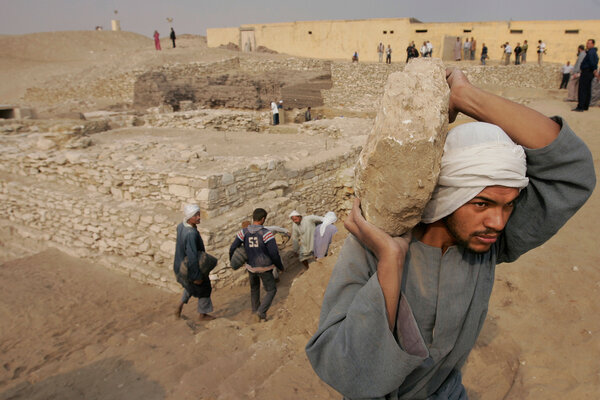 Space archaeologist takes $1 million prize for spotting Middle East looters
Space archaeologist takes $1 million prize for spotting Middle East lootersArchaeologist Sarah Parcak has received an award for a new technology that enables her to spot tunnels in historic sites that are being looted, and she plans to turn it against groups in the Middle East using ancient treasures to fund terrorism.
 The Leonids are coming! Here's how to watch them.
The Leonids are coming! Here's how to watch them.NASA advises heading out just before or around midnight local time the night of November 17 and look east.
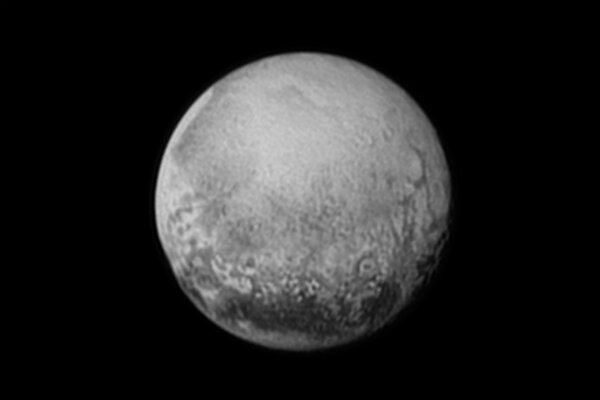 Why the paths of Pluto's moons are so perplexing
Why the paths of Pluto's moons are so perplexingDetailed analysis of Pluto's moons and their orbits shows they are moving erratically and scientists say the phenomenon is unexplainable.
- Does Pluto have volcanoes? If so, how did it get them?
NASA's New Horizons spacecraft has spotted a pair of peaks that might be volcanoes, suggesting that Pluto may have an internal heat source.
 First LookMysterious anomaly revealed in Great Pyramid by thermal scan
First LookMysterious anomaly revealed in Great Pyramid by thermal scanA unique heat signature on the eastern wall of the Great Pyramid of Giza could hold secrets to the ancient edifice.
 Why did those giant rats go extinct? And could they come back?
Why did those giant rats go extinct? And could they come back?Thousands of years ago in what is today East Timor, humans shared the forest with rats the size of small dogs.
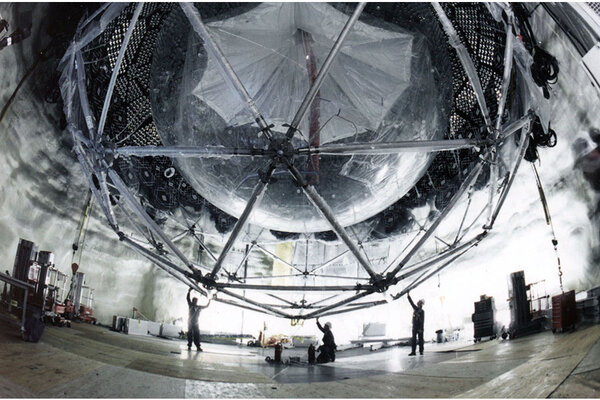 $3 million Breakthrough Prize: Why mutable neutrinos won the day
$3 million Breakthrough Prize: Why mutable neutrinos won the dayThe prize is split among 1,370 scientists who have contributed to five separate experiments to arrive at a breakthrough that is changing physics.
 First LookHow researchers made self-folding origami with graphene paper
First LookHow researchers made self-folding origami with graphene paperUsing special graphene sheets, researchers from China were able to create origami-like objects that move around when heat and light are applied.
 First LookHuge hole swallows 12 cars at IHOP: Don't call it a sinkhole?
First LookHuge hole swallows 12 cars at IHOP: Don't call it a sinkhole?A Mississippi parking lot at an IHOP restaurant caved in Saturday night, creating a 400-foot long gash in the ground. No one was hurt.
 Orca bill would end SeaWorld's 'Shamu shows'
Orca bill would end SeaWorld's 'Shamu shows'If approved, the legislation would ensure that 'this will be the last generation of orcas who live in captivity,' Rep. Adam Schiff (D) of California says.
 How did a canine hybrid, ‘coywolf,’ emerge in front of our eyes?
How did a canine hybrid, ‘coywolf,’ emerge in front of our eyes?A hybrid of coyote, wolf and dog that has developed over the last century or so, has many advantages over the purebred versions.
 What was up with that weird light in the sky?
What was up with that weird light in the sky?Assumed to be either a UFO to a multicolored meteor, viewers from Los Angeles to Phoenix were left scratching their heads after a weird light lit up the western sky Saturday night.
 First LookNASA postpones multi-billion dollar contract announcement
First LookNASA postpones multi-billion dollar contract announcementFor the third time, NASA has postponed the announcement of the winner or winners of a multi-billion dollar contract to ferry cargo to the ISS. Boeing's bid was rejected.
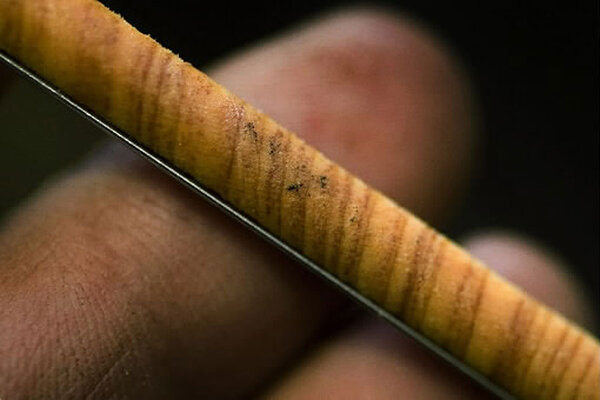 What do trees tell us about climate change?
What do trees tell us about climate change?A researcher uses tree-rings to map droughts and downpours throughout history.
 Vibrating bees give dizzying clues about their hives
Vibrating bees give dizzying clues about their hivesBees' vibration patterns could indicate how well their hives are doing, say scientists.






















